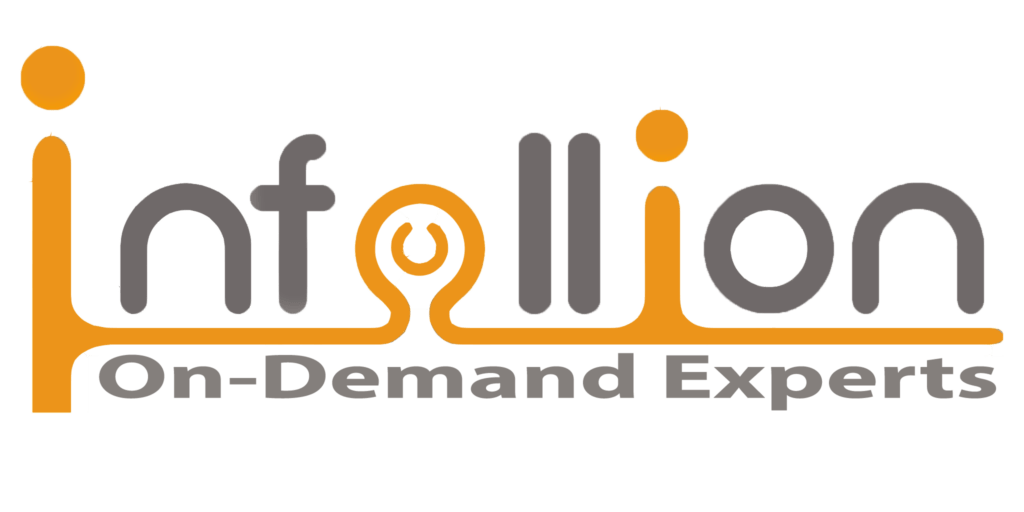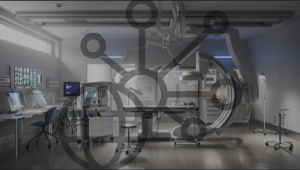Program Overview
This one-day program, delivered by an industry veteran with over 25 years of regulatory experience, provides participants with a comprehensive understanding of the U.S. FDA’s regulatory pathways. Covering medical devices, drugs, biologics, diagnostics, and combination products, the course blends conceptual knowledge with situational insights, real-world case studies, and interactive simulations. Participants will learn the nuances of different submission routes (510(k), PMA, NDA, BLA, ANDA, De Novo, Breakthrough, EUA, etc.), explore compliance risks, and gain strategies to resolve real regulatory challenges. Designed for corporate teams, the program ensures participants walk away with actionable frameworks for planning, executing, and sustaining compliance in the U.S. market.
Features
- Understand the full spectrum of FDA regulatory pathways for drugs, biologics, devices, and combination products.
- Build situational awareness of expedited approvals, compliance obligations, and post-market requirements.
- Analyze real-world case studies to avoid regulatory pitfalls and leverage best practices.
- Apply problem-solving frameworks to develop effective U.S. regulatory strategies.
Target audiences
- Regulatory Affairs Professionals
- Quality & Compliance Teams
- Clinical/Medical Affairs Teams
- R&D Professionals
- Business Strategy Professionals
Curriculum
- 6 Sections
- 29 Lessons
- 1 Day
- U.S. Regulatory Landscape – The Big Picture Key Concepts5
- 1.1FDA centers (CDER, CBER, CDRH), regulatory jurisdiction, IND, IDE, NDA, BLA, PMA, 510(k)
- 1.2Total Product Lifecycle, Regulatory strategy, Risk-based classification
- 1.3Differences between drugs, biologics, devices, diagnostics, and combination products
- 1.4Example: A company failing due to choosing the wrong regulatory pathway
- 1.5Exercise: Map a sample product to its appropriate FDA center
- Regulatory Pathways for Medical Devices Core Pathways5
- 2.1510(k), De Novo, PMA, Breakthrough Device designation
- 2.2Substantial equivalence, Special 510(k), Real-World Evidence (RWE)
- 2.3How risk classification impacts regulatory route
- 2.4Example: Device cleared through De Novo that later scaled globally
- 2.5Classify a hypothetical device and decide its pathway
- Drug & Biologics Regulatory Pathways5
- 3.1Core Pathways: IND, NDA, ANDA, BLA.
- 3.2Keywords: “Orphan Drug”, “Fast Track”, “Accelerated Approval”, “Priority Review”.
- 3.3Nuances: Differences in small molecules vs biologics vs biosimilars.
- 3.4Real-Life Example: Biologic approved under expedited review with post-market commitments.
- 3.5Exercise: Draft a regulatory strategy for a biosimilar launch.
- Emerging Pathways & Expedited Programs4
- 4.1Focus: Breakthrough Therapy, Regenerative Medicine Advanced Therapy (RMAT), Accelerated Approval.
- 4.2Keywords: “Surrogate endpoints”, “Adaptive trial design”, “Real-World Data (RWD)”.
- 4.3Real-Life Example: COVID-19 EUA (Emergency Use Authorization) case.
- 4.4Exercise: Debate the pros & cons of seeking Breakthrough designation for a product.
- Compliance, Risk & Strategic Considerations5
- 5.1Key Concepts: Post-market surveillance, FDA inspections, labeling, advertising & promotion.
- 5.2Keywords: “Form 483”, “Warning Letter”, “cGMP”, “Good Clinical Practice (GCP)”.
- 5.3Nuances: How compliance failures impact approvals and market access.
- 5.4Real-Life Example: Market withdrawal due to post-market surveillance gaps.
- 5.5Exercise: Draft a corrective action response to a mock FDA inspection finding.
- Building a Regulatory Pathway Strategy5
- 6.1Scenario: US-based company developing an innovative combination product.
- 6.2Tasks: Select the appropriate FDA center & submission route.
- 6.3Incorporate expedited program options.
- 6.4Identify compliance risks and post-market obligations.
- 6.5Outcome: A practical, problem-solving framework for regulatory planning.






